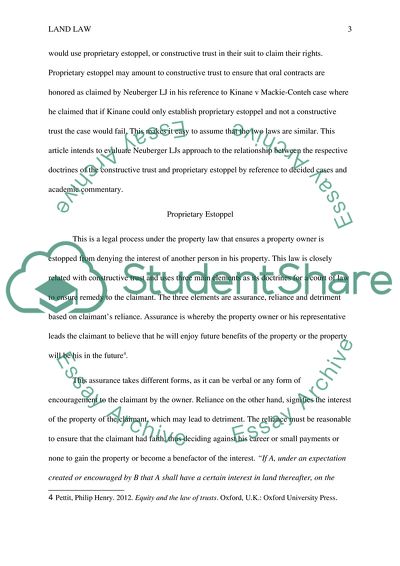Cite this document
(Land Law Article Example | Topics and Well Written Essays - 2000 words - 2, n.d.)
Land Law Article Example | Topics and Well Written Essays - 2000 words - 2. https://studentshare.org/law/1881316-land-law
Land Law Article Example | Topics and Well Written Essays - 2000 words - 2. https://studentshare.org/law/1881316-land-law
(Land Law Article Example | Topics and Well Written Essays - 2000 Words - 2)
Land Law Article Example | Topics and Well Written Essays - 2000 Words - 2. https://studentshare.org/law/1881316-land-law.
Land Law Article Example | Topics and Well Written Essays - 2000 Words - 2. https://studentshare.org/law/1881316-land-law.
“Land Law Article Example | Topics and Well Written Essays - 2000 Words - 2”. https://studentshare.org/law/1881316-land-law.


